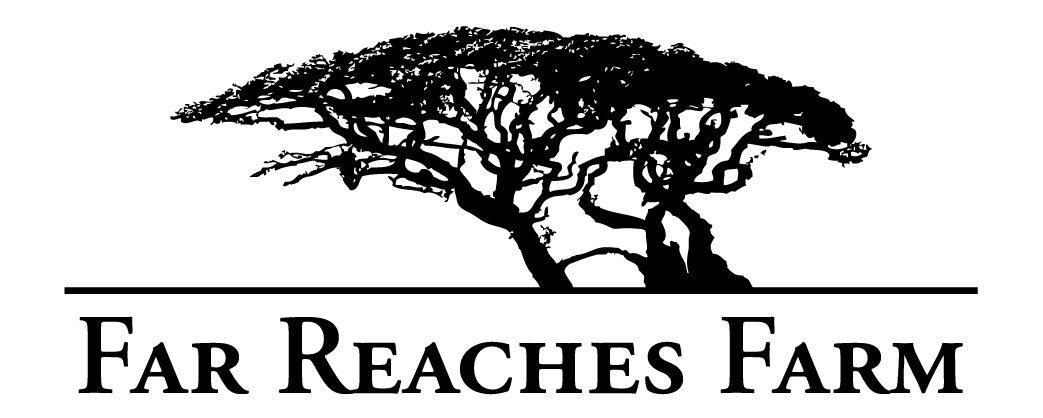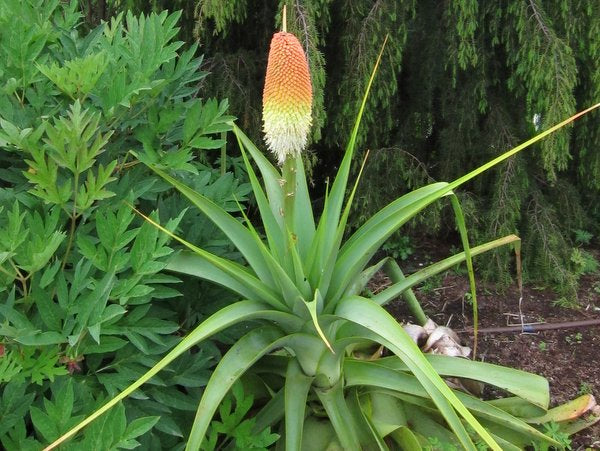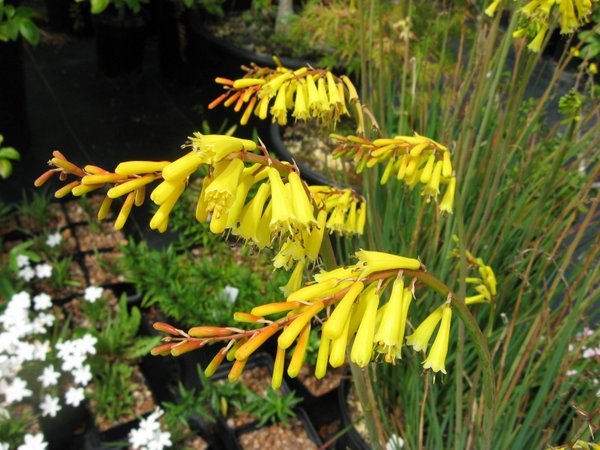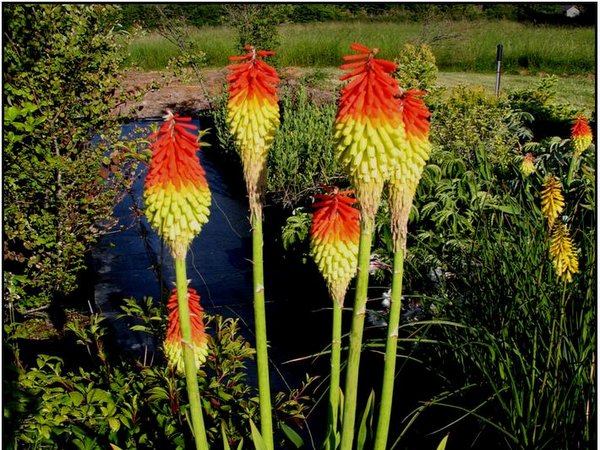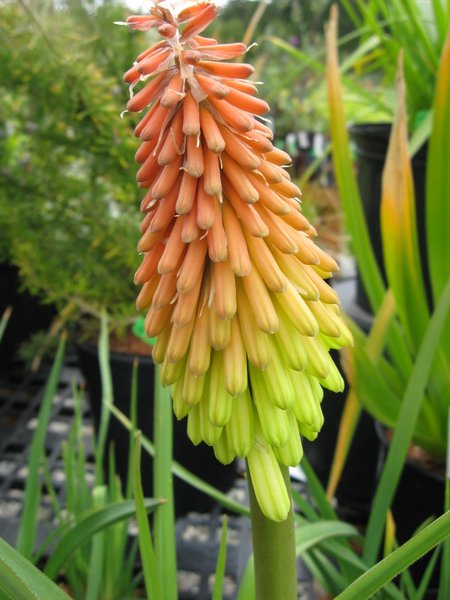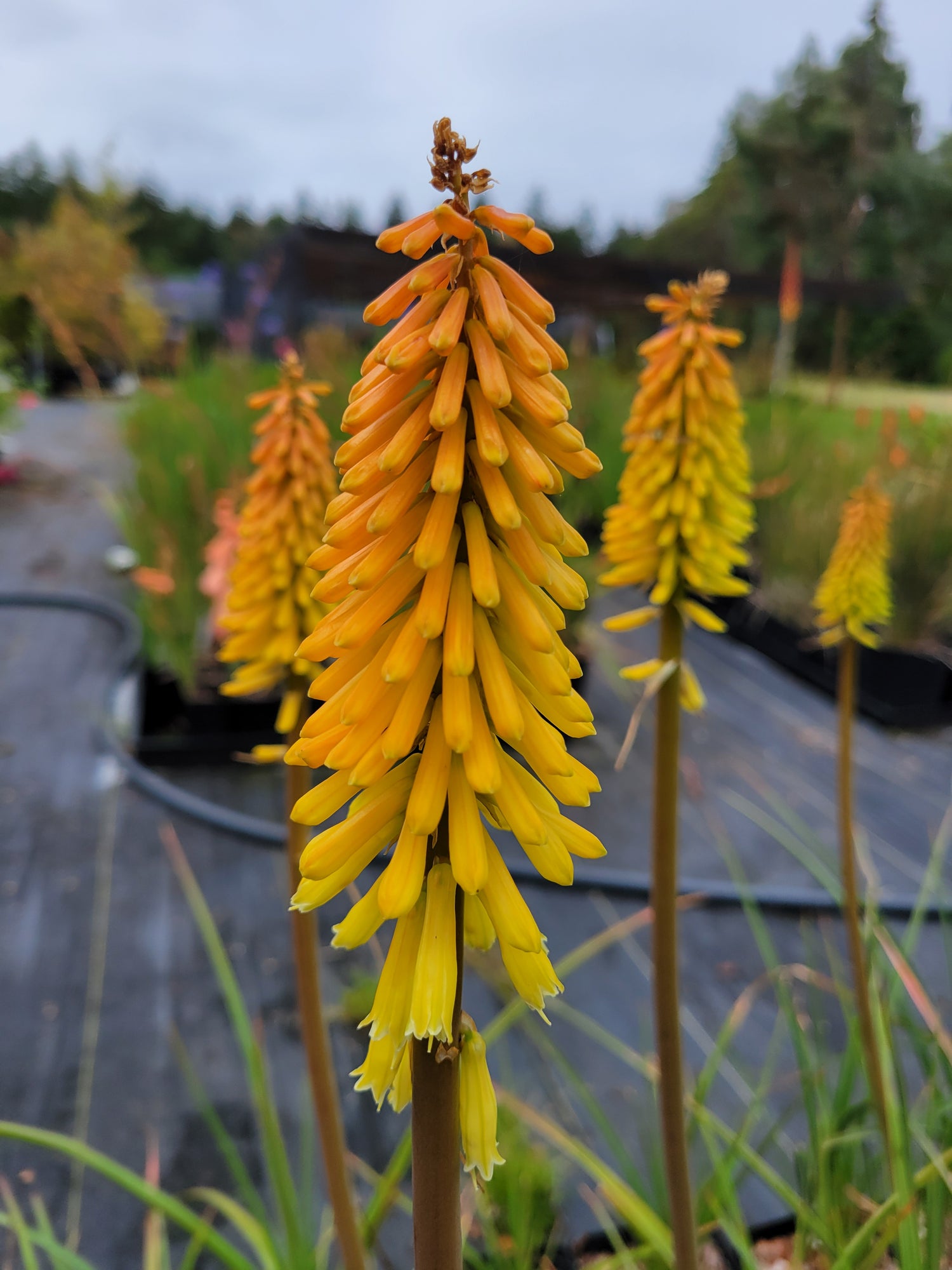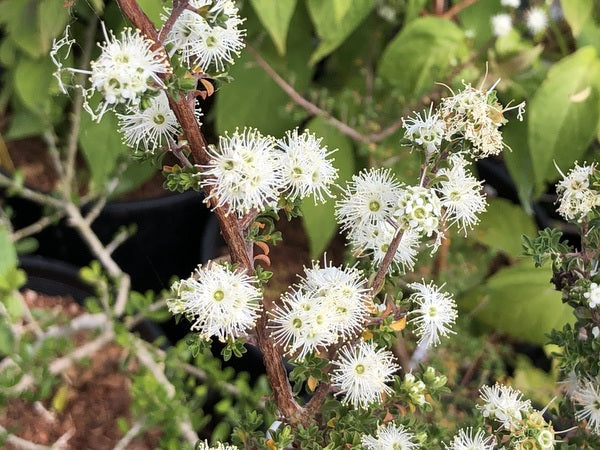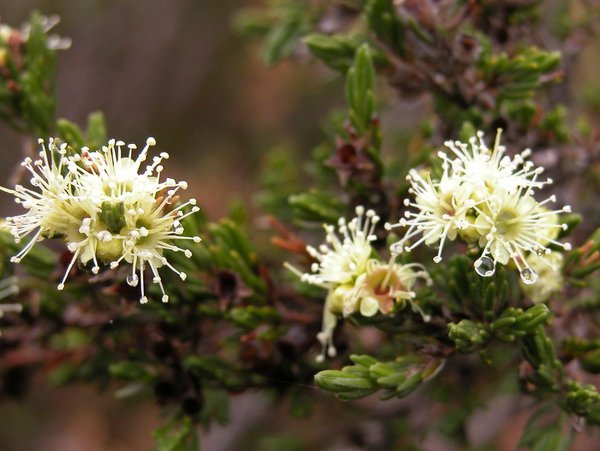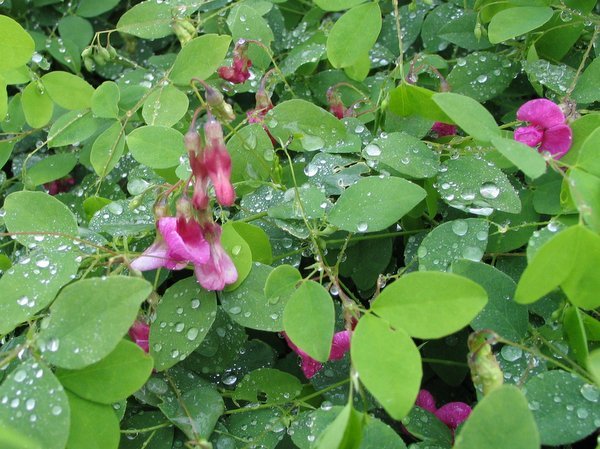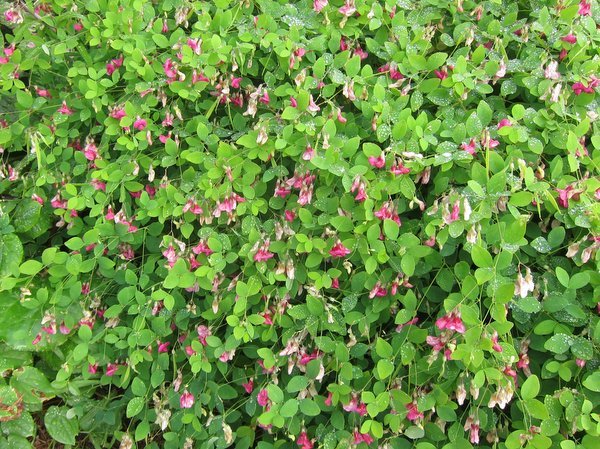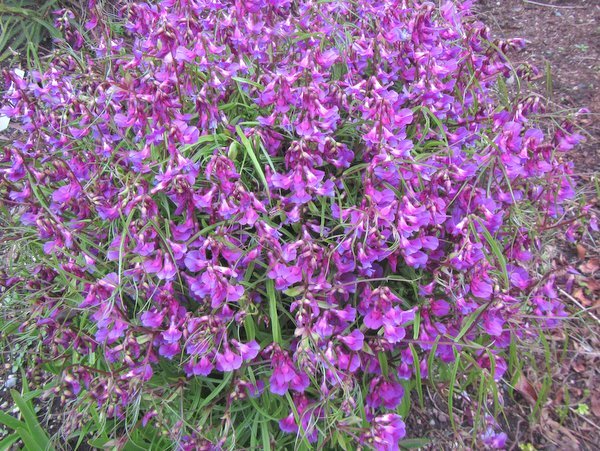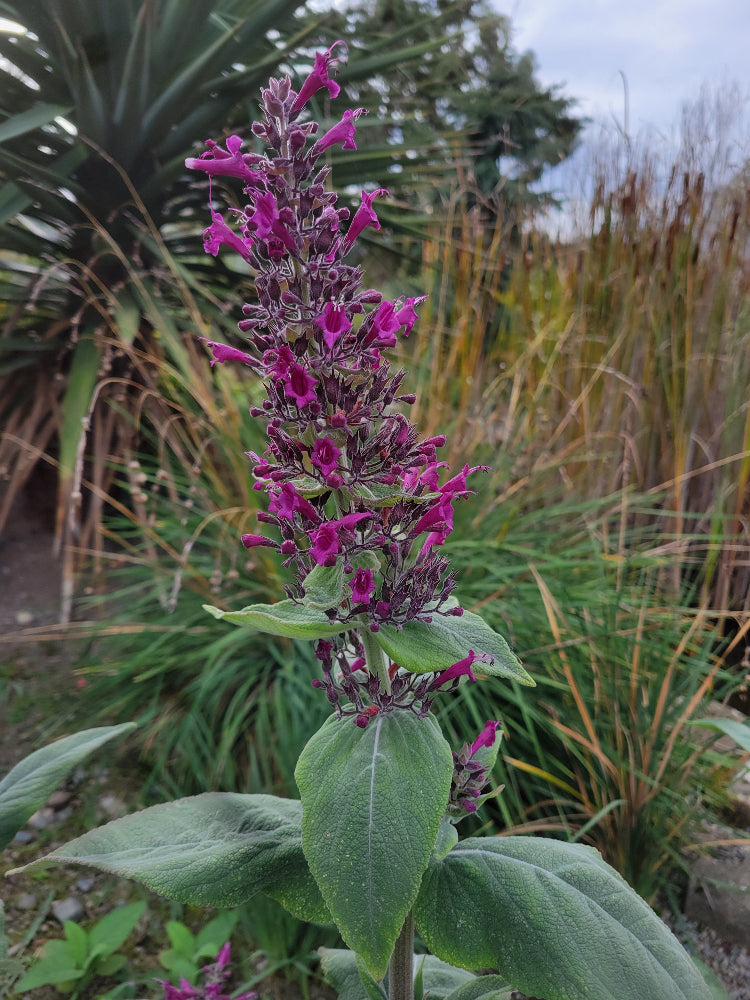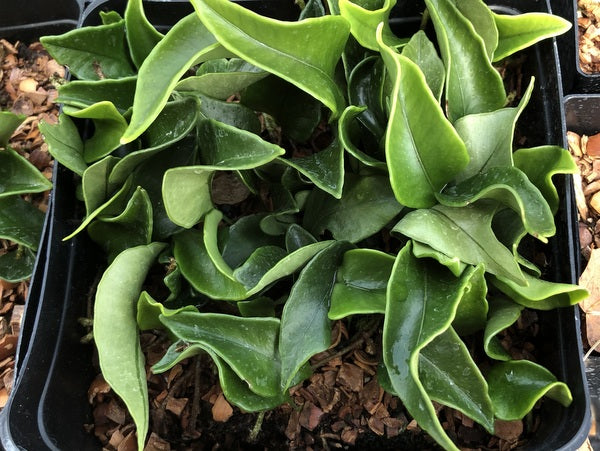Sort by:
1775 products
1775 products
These serve a lot of great purposes in a Kniphofia collection or general plant collection with structural grass-like foliage and bright impactful late-season flowers which ascend lance-like in late summer to fall when most of it's flaming brethren have have lowered their spears, which also means extra nectar supply in the lean season for your pollinator population. In addition to being a late bloomer the species is relatively dwarf and offer nicely gradient-ed orangey yellow flowers. Good intro poker before getting into the more unwieldy but epic larger species.
The sole survivor of a wild collection from Southern Kenya this is likely the first offering in the US of this selection which we brought back from Michael Wickenden's Cally Gardens in Scotland. Distinct brown-orange buds on this clone open to muffled yellow-apricot flowers in which the individual corollas are more densely packed than those found in other K. thomsonii a la 'Stern's Trip'.
This is one of those plants worth the greenhouse space if you can't grow it outside, which we can't. An evergreen vine from Chile where it is the national flower and once you see this bloom, it will likely be your personal national flower as well. Big waxy pendant flowers of typically a rose red, but can be white to pink to dark red. These are seedlings from our friend Ilse who has some of these other colors as well. While these are seed from her rose red plant, there may have been some interesting co-mingling going on with the greenhouse doors open at night and the hawk moths out and about, but pretty sure these will be rose red.
These normally flower in late summer and fall, and we were entranced by beautiful specimens in bloom when we visited the west of Scotland in the fall of 2013. A memorable moment was getting asked to leave the Chilean Terrace at the Royal Botanic Garden Edinburgh where this was flowering beautifully against a wall. We have no idea how they found us at closing time as we were one with the Lapageria and our pleas "But the Lapageria is in flower" were met with polite firmness and an aura of "If I just had a few bob for every time I've heard that". Small plants but strong and well rooted.
Yet another venerable member of the legion of incredible South African bulbs. This one likes it arid and with as little frost as can be managed, but it isn't uncommon to see them in pot culture among xeric specialists, just bring them indoors when they are in their winter dormancy. Incredibly uniquely textured leaves ridged and bumpy like some kind of exotic lizard in muted tones of purple-brown. The flowers provide quite the contrast to the dour prehistoric foliage, happy little candelabras of candy-floss pink!
A collection of this striking Baja endemic mint relative by FRBC board member Cody Hinchliff. A tower of felty, silver-green, arrowhead shaped leaves erupts into a spire of hot pink tubular flowers in autumn provided great late-season pollinator food. Foliage stays evergreen in very mild climates but for us dies back, leaving its well root hardy nether regions to rest until spring. Both leaves and flowers smell of a fruity cleanser, with the flowers being thankfully heavier on the former, darn I was hoping for a whiff of Baja Blast. Extremely drought tolerant and happy in a sunny well-drained spot.
Fern fans we are, fern experts we are not, but we continue to chip away at the imposing taxonomic massif of Pteridophyta in hopes of becoming somewhat conversational in Fern. Currently, we can ask the equivalent of where the restroom is and order beer when talking Asian ferns. This is a creeping fern with long, thin rhizomes ideally suited for weaving through shallow moss on shaded rock faces with small orbicular-ovate evergreen leaves. This has been extremely hardy for us for years in our shade garden, and should fare well in lower zones as well given that Acer griseum was growing nearby.
(Apologies for the second change in species, the limits of species in this group of Lepisorus aren't fully clear, and L. pyriformis having been only recently published is not included in the Flora of China though it fits better than the previously used L. rostratus)
